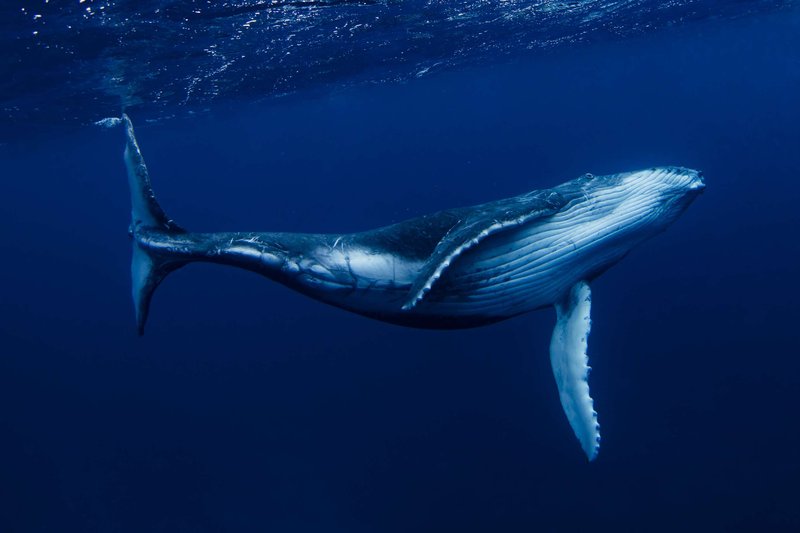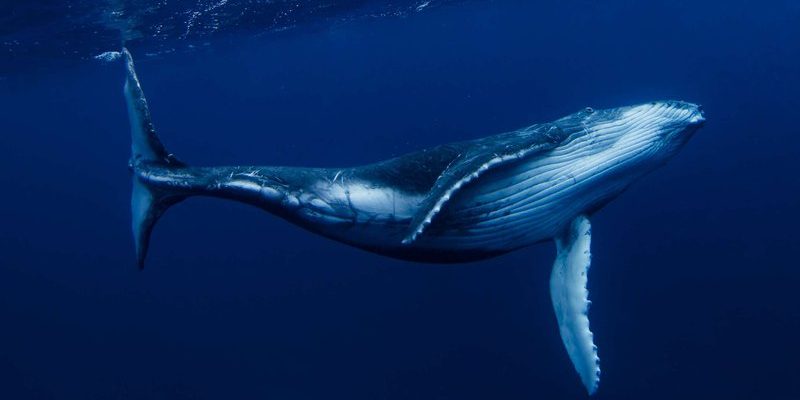
Understanding why whales are endangered can feel overwhelming. It’s a bit like trying to untangle a ball of yarn—there are so many threads involved! From habitat loss due to climate change to the dangers of pollution and hunting, each factor plays a significant role in the lives of these majestic beings. So, grab your favorite cup of coffee, and let’s unravel this topic together, one sip at a time.
Current Status of Whale Species
Whales are classified into two main categories: baleen whales and toothed whales. Baleen whales, like the blue whale and humpback whale, filter food from the water, while toothed whales, such as orcas and sperm whales, hunt for fish and squid. Sadly, many of these species face serious threats. The International Union for Conservation of Nature (IUCN) lists several whale species as vulnerable or endangered. For instance, the North Atlantic right whale is critically endangered, with just around 340 individuals remaining.
The decline in whale populations is a complex issue. Overfishing reduces their prey, while ship strikes and entanglement in fishing gear cause significant casualties. You might be wondering why this matters so much. Well, whales play a crucial role in maintaining ocean health. They help regulate the marine ecosystem, and their waste provides essential nutrients for plankton, the foundation of the ocean food web.
Threats to Whales
Several key threats contribute to the endangerment of whales. Understanding these can shed light on why conservation efforts are so vital.
- Climate Change: As ocean temperatures rise, whale habitats are changing. Some species may struggle to find food or suitable breeding grounds.
- Pollution: Oceans are filled with plastics and chemicals, which can harm whales through ingestion or entanglement. Toxic substances can build up in their bodies, leading to health problems.
- Commercial Whaling: Although many countries have banned whaling, some still participate. This hunting significantly threatens certain species, preventing their populations from recovering.
- Shipping Traffic: Increased maritime traffic leads to more ship strikes. Collisions can be fatal, especially for slower-moving whales.
These threats are not just statistics; they represent real challenges for the survival of whales. When we talk about conservation, we’re advocating for the future of these magnificent creatures and the health of our oceans.
Conservation Efforts Making a Difference
The good news is that there are numerous conservation efforts aimed at protecting whales. These initiatives come from various organizations, governments, and communities that recognize the importance of safeguarding these giants.
Many countries have established marine protected areas (MPAs) where human activity is limited to support whale populations. For instance, the Stellwagen Bank National Marine Sanctuary off the coast of Massachusetts is a hotspot for whale watching and conservation. Here, research teams monitor whale activity and health, helping gather data that informs protective measures.
Furthermore, organizations like the Whale and Dolphin Conservation and WWF engage in advocacy, spreading awareness about threats to whales and promoting policies that support marine life. You might even come across community-led efforts focusing on reducing plastic waste and promoting sustainable fishing practices. It’s encouraging to see how collective action can create a ripple effect that benefits whale populations.
What You Can Do to Help Whales
You don’t have to be a marine biologist to make a difference in whale conservation. There are several simple actions you can take to support these majestic animals.
- Reduce Plastic Use: Opt for reusable bags and water bottles to limit ocean pollution.
- Support Sustainable Seafood: Choose seafood that’s caught or farmed responsibly. Look for certifications like the Marine Stewardship Council (MSC) label.
- Educate Yourself and Others: Knowledge is power. Share information about whales and their conservation with friends and family.
- Adopt a Whale: Many organizations offer adoption programs where your contributions go directly to whale conservation efforts.
These small changes can collectively lead to substantial improvement in the health of our oceans and the safety of whales.
Future of Whale Conservation
Looking ahead, the future of whale conservation hinges on ongoing commitment and innovation. Scientists are continually researching ways to mitigate threats. For example, new technologies are being developed to monitor whale populations more effectively and assess their health. This includes using drones and underwater microphones, helping researchers gather data with minimal disturbance to the whales.
Additionally, international cooperation is crucial. Many whale species migrate across national boundaries, making it essential for countries to collaborate in their conservation efforts. Treaties and agreements can help create a more unified approach to protecting these species.
It’s heartening to see increased awareness and action surrounding whale conservation. As individuals and communities rally behind these efforts, we can make a sustainable impact. The journey may be long, but each step brings us closer to a healthier ocean and thriving whale populations.
Whales are not just magnificent creatures swimming the ocean; they are vital to our planet’s health and biodiversity. Despite facing numerous challenges, conservation efforts are steadily making progress. From protective legislation to community initiatives, every action counts.
You might feel a bit helpless when confronted with such a massive issue, but remember: every small effort contributes to the bigger picture. By staying informed, changing individual behaviors, and supporting conservation groups, we can all play a role in protecting whales for future generations. After all, these gentle giants deserve a chance to thrive in the vast blue seas we share.

